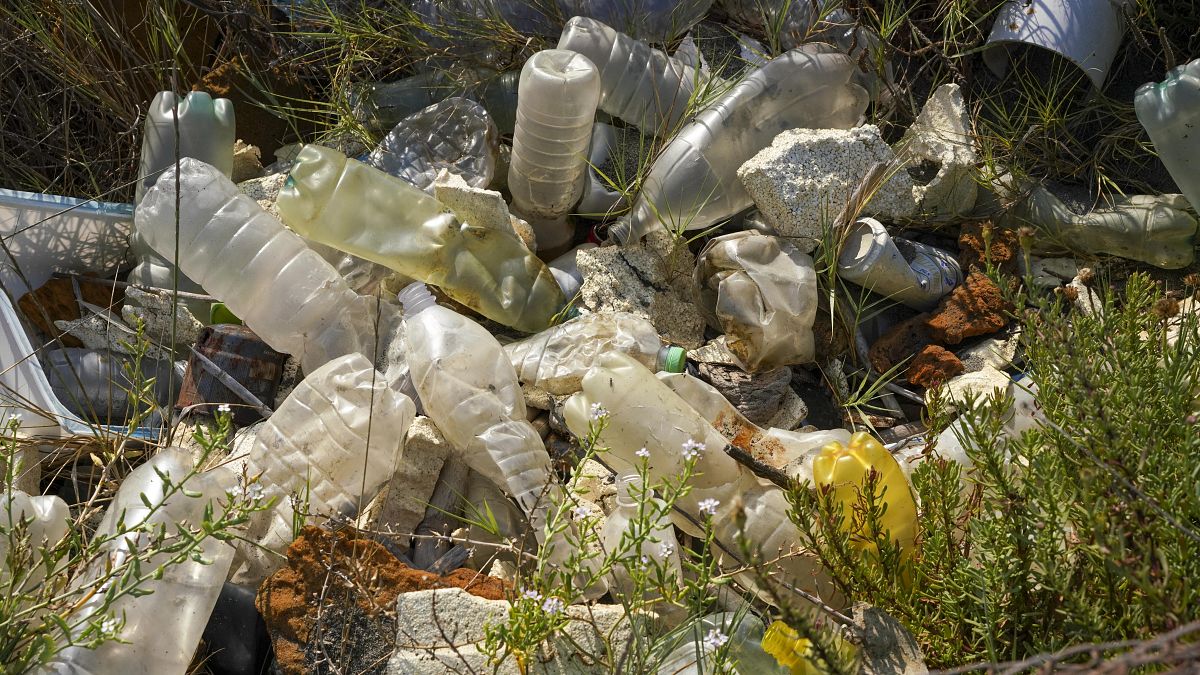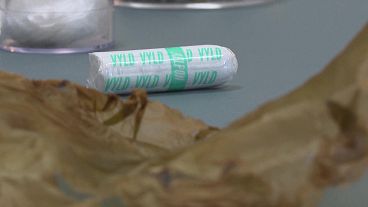A new study analysed the impact of plastics on heart health, showing a higher risk of heart attacks or strokes.
How do microplastics and the even smaller nanoplastics impact the heart?
That's the question asked by a small Italian study that found that these tiny plastic particles, mostly invisible nanoparticles, were in the artery plaque of study participants.
The researchers analysed 257 people who had surgery to clear blocked blood vessels, looking at the fatty buildup in their carotid arteries which supply blood to the brain, face, and neck.
Using two methods, they found evidence of nanoplastics in the plaque in 150 patients, with no evidence of plastics in some 107 patients.
The patients were followed for three years and during that time, 20 per cent of those with plastics in their arteries had a heart attack, stroke, or died from any cause compared to eight per cent in the group with no evidence of plastics.
The findings were published in the New England Journal of Medicine this week.
'Alarming message'
The researchers also found that the blood vessels of those with plastic were more inflamed than those without and thus may put them more at risk of heart attacks, strokes, and death.
"I hope that the alarming message from our study will raise the consciousness of citizens, especially governments, to finally become aware of the importance of the health of our planet," said Dr Raffaele Marfella of the University of Campania in Italy, who led the study.
More research is needed, according to Dr Philip Landrigan of Boston College, who wrote an accompanying editorial in the journal.
He said it is the first report suggesting a connection between microplastics and nanoplastics with disease in humans.
Other scientists have found plastic bits in the lungs, liver, blood, placenta and breast milk.
"It does not prove cause and effect, but it suggests cause and effect," he said. "And it needs urgently to be either replicated or disproven by other studies done by other investigators in other populations".
Substantial limitations
"The study is intriguing. However, there are really substantial limitations," Dr Steve Nissen, a heart expert at the Cleveland Clinic, told the Associated Press.
"It’s a wake-up call that perhaps we need to take the problem of microplastics more seriously. As a cause for heart disease? Not proven. As a potential cause? Yes, maybe," he added.
Some of the limitations include that the study only looked at people with narrowed arteries who were already at risk of heart attack and stroke.
The patients with the plastics also had more heart disease, diabetes, and high cholesterol than the patients without plastics. They were more likely to be men and more likely to be smokers.
This type of observational study also does not prove that the plastics caused the patients' heart problems. The researchers also said that laboratory contamination could not be ruled out.
"Future studies performed with the use of clean rooms, where there is no plastic in any form except the material under study, might corroborate our observations," they said.
They also did not look at variables such as food and drinking water that could be linked to nanoplastics.



